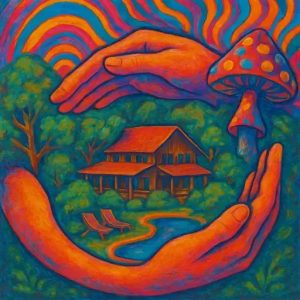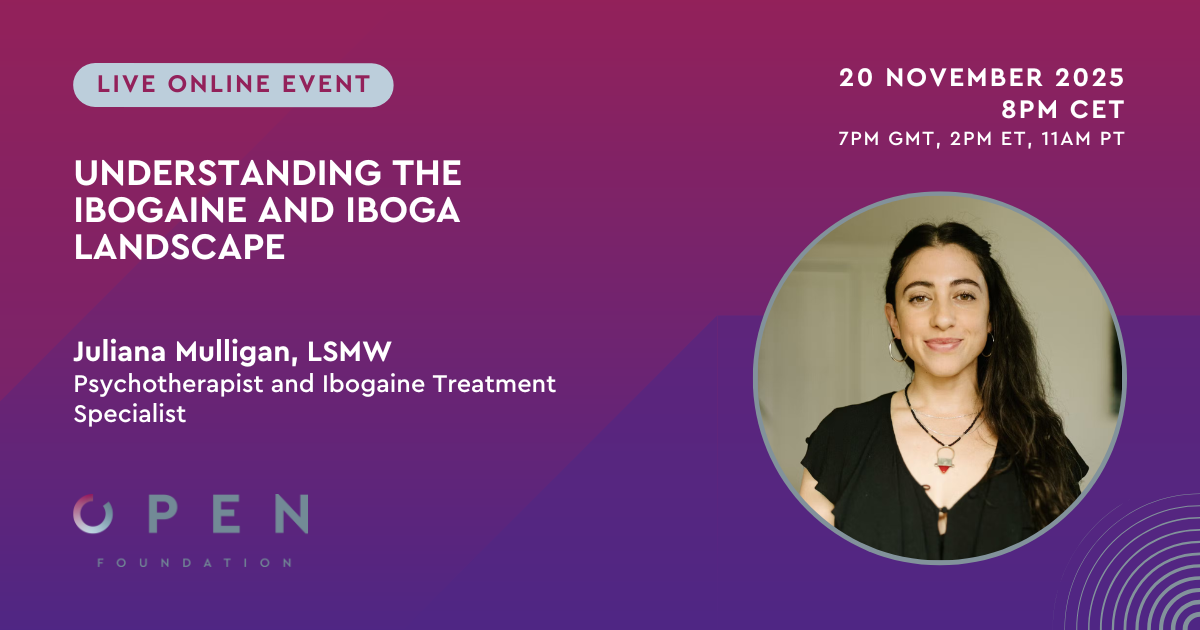Abstract
This article examines the historical relationship between psychedelics and palliative care. Historians have contributed to a growing field of studies about how psychedelics have been used in the past, but much of that scholarship focused on interrogating questions of legitimacy or proving that psychedelics had therapeutic potential. Palliative care had not yet developed as medical sub-specialty, more often leaving dying care on the margins of modern, pharmaceutical-based treatments. As psychedelic researchers in the 1950s began exploring different applications for psychoactive substances such as LSD and mescaline, however, dying care came into clearer focus as a potential avenue for psychedelics. Before that application gained momentum in clinical or philosophical discussions, psychedelics were criminalized and some of those early discussions were lost. This article looks back at historical discussions about LSD’s potential for easing the anxiety associated with dying, and considers how those early conversations might offer insights into today’s more articulated discussions about psychedelics in palliative care.
Dyck, E. (2019). Psychedelics and Dying Care: A Historical Look at the Relationship between Psychedelics and Palliative Care. Journal of psychoactive drugs, 1-6., 10.1080/02791072.2019.1581308
Link to full text
Dyck, E. (2019). Psychedelics and Dying Care: A Historical Look at the Relationship between Psychedelics and Palliative Care. Journal of psychoactive drugs, 1-6., 10.1080/02791072.2019.1581308
Link to full text











